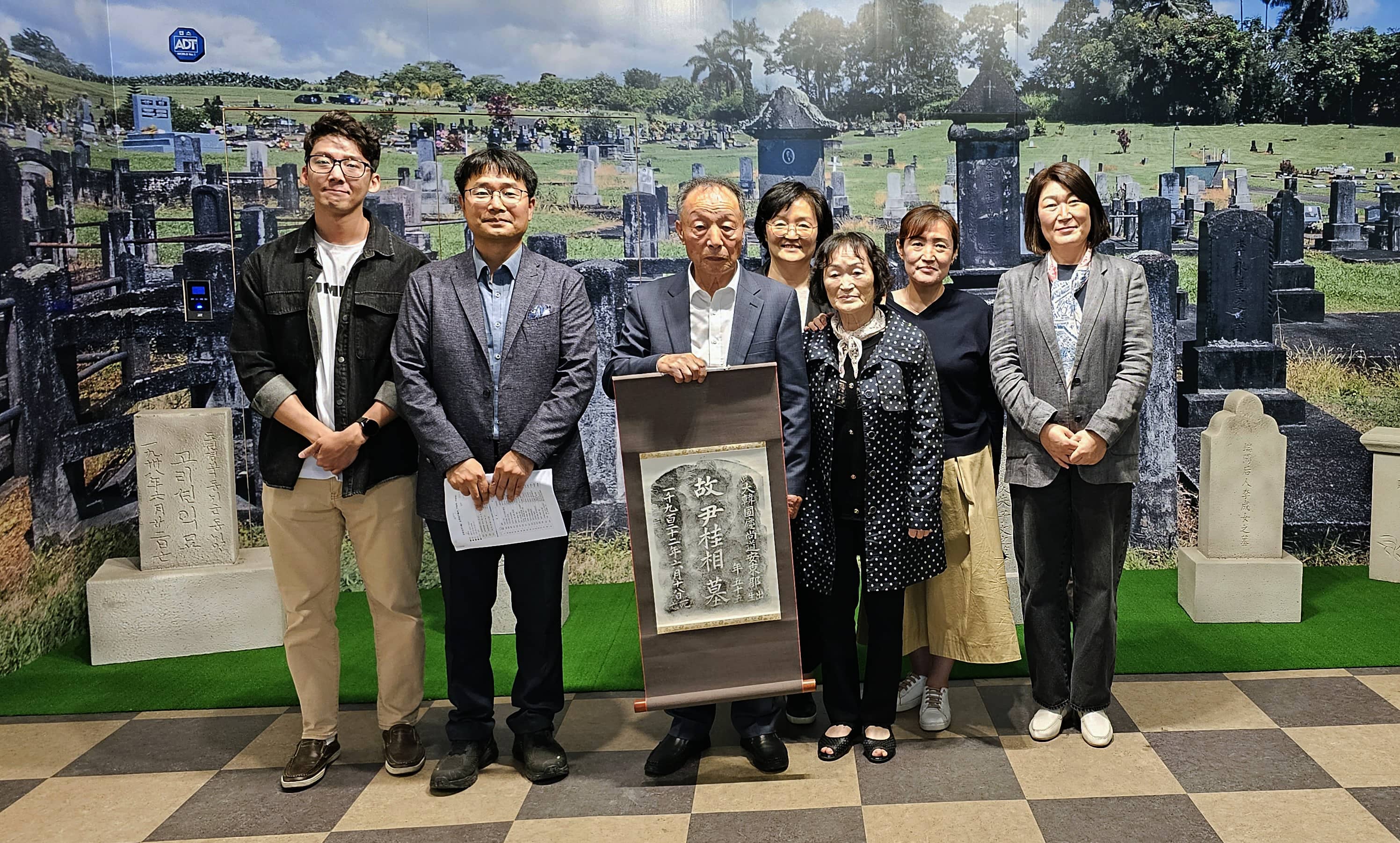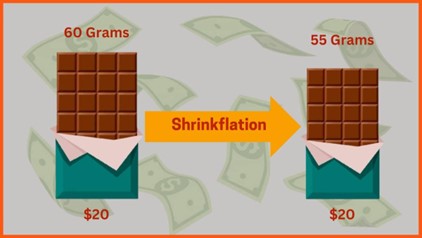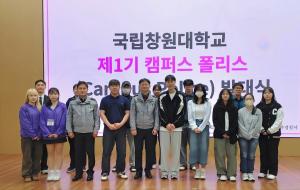 |
| ▲ Yoon Dong-kyun, grandson of the late Yoon Won-sik (Yoon Gye-sang), and family members who visited CWNU museum (Source: CWNU Waagle) |
Yoon Dong- kyun (80), living in Jung- gu, Ulsan, succeeded in finding the grave of his grandfather’s tomb. Upon hearing a media report that the CWNU Museum is investigating the tombs of immigrants in the early days of Koreans in Hawaii, Yoon inquired directly to the CWNU museum. The museum analyzed the ship's entry into Hawaii and confirmed that Yoon Won- sik moved to Hawaii alone on the, "Siberia," at the age of 38 on May 8, 1905. Yoon Won- sik's character was confirmed by cross- examining his hometown, date of death, and newspaper records at the time, and the CWNU Museum confirmed that Yoon Gye- sang, who died in 1922 and is buried in the coffee farm cemetery in Hölualoa, Big Island, Hawaii, is the same person as Yoon Won- sik. It is the first case in which the bereaved family connected in the process of investigating and restoring the graveyard of the first immigrant to Hawaii at the CWNU Museum.
According to the CWNU Museum's exhibition, "Forgotten Stories, Becoming History,” Korea's first official immigration began in December 1902 carrying 121 Koreans, heading to Hawaii from Incheon. Since then, about 7,000 workers had moved to Hawaii by 1905. The first generation of immigrants to Hawaii usually continued to work in sugarcane fields during the day and slept in farmhouses at night. The average wage for 10 hours of daily labor was $17. Despite the difficulties, the first generation of immigrants to Hawaii served as the hidden leaders of the Korean independence movement, organizing Korean associations and raising funds to help Korean independence activists.
In 1908, Jang In- hwan Jeon Myung- woon, who shot Durham White Stevens, who had made remarks defending Japan's domination of Korea with the position of diplomatic advisor to the Korean Empire, and Ahn Jung- geun, who shot Ito Hirobumi, received a donation raised by the first generation of immigrants to Hawaii. The donation for Jang In- hwan and Jeon Myung- woon was $7,390 and the donation for Ahn Jung- geun was $2,916. Each member's pension was about $1-$2 on average. All the donations collected for Ahn Jung- geun were delivered to Vladivostok, but due to Japan's interference, they were not used as lawyers' expenses for Ahn Jung- geun. However, it was still a great help to Ahn Jung- geun's family. Until the 1940s, the first generation of immigrants to Hawaii continued to support the independence movement by raising funds for independence activists, giving donations, and patriotism paid to the Provisional Government of the Republic of Korea.
In 2019 and 2022, the CWNU Museum formed a team of investigators to conduct field surveys on Hawaii, directly rubbed tombstones of first- generation Korean immigrants, and collected related data, identifying more than 500 Korean tombs. Kim Joo- yong, head of the curriculum department at CWNU Museum, who conducted the survey, said, "After the investigation into the tombs of immigrants in the early days of Hawaii, numerous descendants in the United States as well as Korea have asked about their ancestors' graves.” He also added, “Yoon Won- sik (Yoon Gye- sang) has a record of serving as the vice president of the Hawaii Regional Assembly of the Korean People's Association, an independent movement group, and we would like to help him become registered as an independent through further investigation.”
Yoon Dong- kyun, a descendant of Yoon Won- sik (Yoon Gye- sang), said, "I've been looking for my grandfather's grave for 80 years, but I couldn't find it. Thanks to CWNU’s Museum we came to find my grandfather's grave like this." In addition, Hong Seung- hyun, director of the CWNU Museum, said, "Through a survey of the tombs of early Korean immigrants in Hawaii conducted by our Museum, we found that the neglected graves are important historical records for the study of Korean immigration history and the historical timeline of the independence movement. We should pay attention to these tombstones, which are important materials in modern and contemporary Korean history, so that they are no longer damaged," he stressed. We should continue to make efforts to ensure that the history of overseas Koreans, who played a significant role in the history of the Korean independence movement, as well as modern and contemporary history, are not forgotten.
By Kim So-ha, cub-reporter lucky.river16@gmail.com
<저작권자 © The Campus Journal, 무단 전재 및 재배포 금지>

 Shrinkflation, Consumer Deception
Shrinkflation, Consumer Deception




